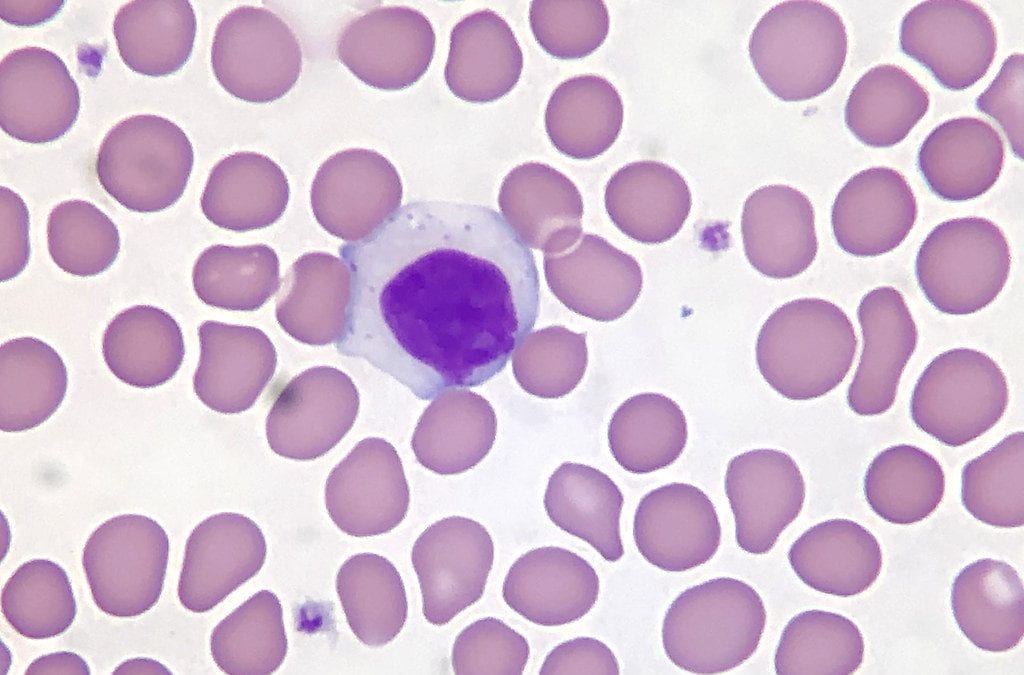November is Marrow Awareness Month in the United States, and now and all year round, communities unite to celebrate the incredible achievements of transplant physicians and researchers, along with stem cell (non-specialized cells) and bone marrow donors. These generous donations are invaluable, as they offer transplant patients a chance to live longer with their disease or recover altogether. Not only should donors and healthcare professionals be honored, though, as the nationwide network of donation centers also encourage more people to donate and raise awareness about the complex, life-threatening diseases that donations can greatly improve. Some donors, however, don’t fully understand the medicine behind their donations, but rather they merely understand that a patient depends upon their donation. To better understand oncological (cancer and tumor-related) and hematological (blood-related) diseases, one should begin with a foundational understanding of bone marrow and its importance.
Bone marrow is the tissue found within bones that helps make blood cells (white, red, and platelets). White blood cells help fight infection, red blood cells oxygenate the body, and platelets help control bleeding. Bone marrow diseases arise when there is an issue with the stem cells. One of the most devastating bone marrow diseases is leukemia.
Leukemia is a blood cancer generated by an increase in the number of white blood cells in one’s body. These white blood cells overcrowd red blood cells and platelets upon which healthy bodies depend. White blood cells are crucial to the body, but when the quantity is too high, they don’t serve the purpose they should. Leukemia has two major classifications, determined by how fast it develops and worsens, and which type of blood cell is involved. The first classification is further categorized into two groups: acute and chronic. Acute leukemia results from the majority of abnormal blood cells (blasts) failing to mature and therefore not functioning properly. An acute leukemia patient’s condition can decline very rapidly. Chronic leukemia, on the other hand, results from a lesser quantity of non-functioning immature cells, while other blood cells do function properly. Chronic leukemia patients’ conditions typically decline slower than acute leukemia patients’ conditions.
The second classification (which type of blood cell is involved) is divided into lymphocytic and myelogenous leukemia. Lymphocytic (or lymphoblastic) leukemia involves bone marrow cells that become lymphocytes, a type of white blood cell. Myelogenous (or myeloid) leukemia involves cells that create red blood cells, platelets, and other kinds of white blood cells.
After understanding the basics of leukemia, one can understand its types. There are four main types of leukemia: Acute lymphocytic leukemia (ALL), acute myelogenous leukemia (AML), chronic lymphocytic leukemia (CLL), and chronic myelogenous leukemia (CML). ALL is the most common form of childhood leukemia, and it tends to spread to the lymph nodes and the central nervous system. AML is the second most common form of childhood leukemia and one of the most common forms for adults. It progresses rapidly, with myeloid cells interfering with the general production of healthy blood cells. For adults, CLL is the most common form of leukemia, and in some cases, CLL will remain stable for years and will not require treatment (as cancerous cells can reproduce very slowly). However, cancer’s variability creates the need for extremely individualized and unique treatment plans, on a case-by-case, patient-by-patient basis, and therefore not all CLL can safely be left alone. CML’s symptoms can go unnoticed for a while, and therefore, a diagnosis may not be made until a routine blood test is conducted. CML primarily affects older adults and is caused spontaneously by a chromosomal mutation.
Blood and bone marrow donations are tricky, if not impossible given the current circumstances of the Covid-19 pandemic. However, there are many unique virtual possibilities for supporters of leukemia research and treatment to involve themselves with. The Leukemia Research Foundation and Leukemia & Lymphoma society welcome donations online, by phone, or by mail. Additionally, for larger methods of support, GoFundMe provides access to countless funds to support patients and their families’ expensive medical bills. Especially during a pandemic, monetary donations are difficult as much of the country remains unemployed, so raising awareness about Marrow Awareness Month and thanking healthcare professionals for their service is just as important, and hopefully reading this article inspired you to learn more about bone marrow diseases, and support the fight towards treating them.
Bibliography
November is National Marrow Awareness Month. (2017). Retrieved November 18, 2020, from Mds-foundation.org website: https://www.mds-foundation.org/event/november-is-national-marrow-awareness-month-2/#:~:text=National%20Marrow%20Awareness%20Month
Health Alliance. (2018, December 2). National Marrow Awareness Month | Health Alliance. Retrieved November 18, 2020, from Healthalliance.org website: https://blog.healthalliance.org/national-marrow-awareness-month/
Bone Marrow Diseases. (2020). Retrieved November 18, 2020, from Medlineplus.gov website: https://medlineplus.gov/bonemarrowdiseases.html#:~:text=Bone%20marrow%20is%20the%20spongy,that%20help%20with%20blood%20clotting
https://www.facebook.com/WebMD. (2016, September 13). Leukemia. Retrieved November 18, 2020, from WebMD website: https://www.webmd.com/cancer/lymphoma/understanding-leukemia-basics#2
Acute myelogenous leukemia – Symptoms and causes. (2020). Retrieved November 18, 2020, from Mayo Clinic website: https://www.mayoclinic.org/diseases-conditions/acute-myelogenous-leukemia/symptoms-causes/syc-20369109?utm_source=Google&utm_medium=abstract&utm_content=Acute-myeloid-leukemia&utm_campaign=Knowledge-panel

